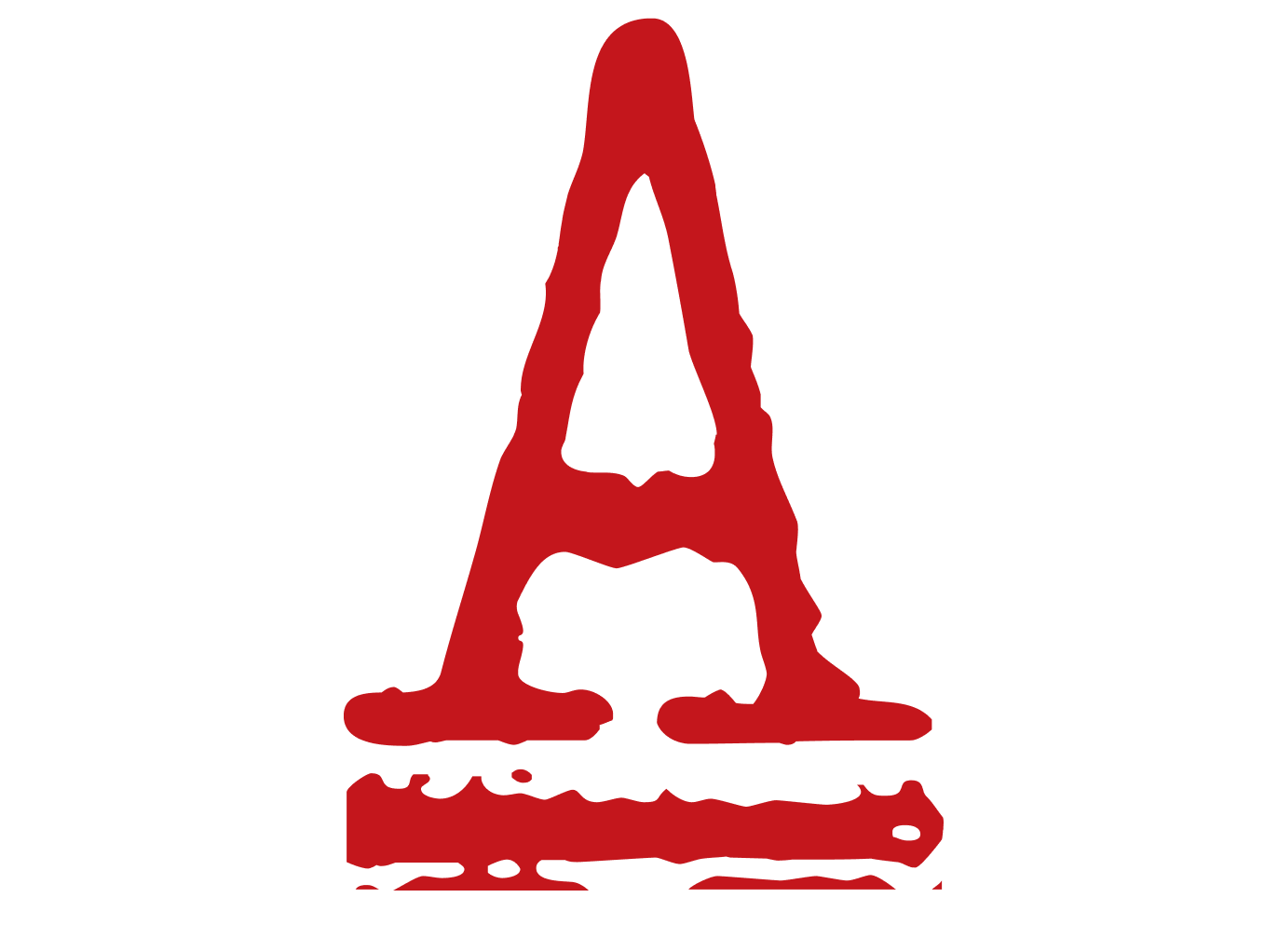By Anonymous, August 10, 2022
On July 9, hundreds of thousands of Sri Lankans stormed and occupied a number of key government buildings, forcing President Gotabaya to flee the country and resign. This was the climax of a months-long uprising triggered by the worst economic crisis the country has seen since Independence. At the center of the protests is a sprawling occupation in the heart of Colombo, the island country’s capital.
When the dust settled, then-Prime Minister Ranil Wickremesinghe, a close ally of the Rajapaksa family, was elected president by Parliament on July 20. The following night, the last occupied government building was cleared out by soldiers, along with a part of the main protest camp. In the weeks since a wave of repression has been unleashed, with numerous activists either in jail or in hiding. As we publish this, the police are threatening to evict the occupation.
In the aftermath of the July 22nd raid, Ill Will conducted two interviews with anarchists in Sri Lanka about their views of the uprising: its limits, its horizons, and what the next phase might look like. The first interview was conducted via correspondence with an anarchist and journalist based in Kandy, Sri Lanka’s second largest city. The second was taken in a coffee shop in the suburbs of Colombo with J. and Z., two anarchists involved in a mutual aid distribution tent at the occupation and who have been on the front lines of the protests from early on.



